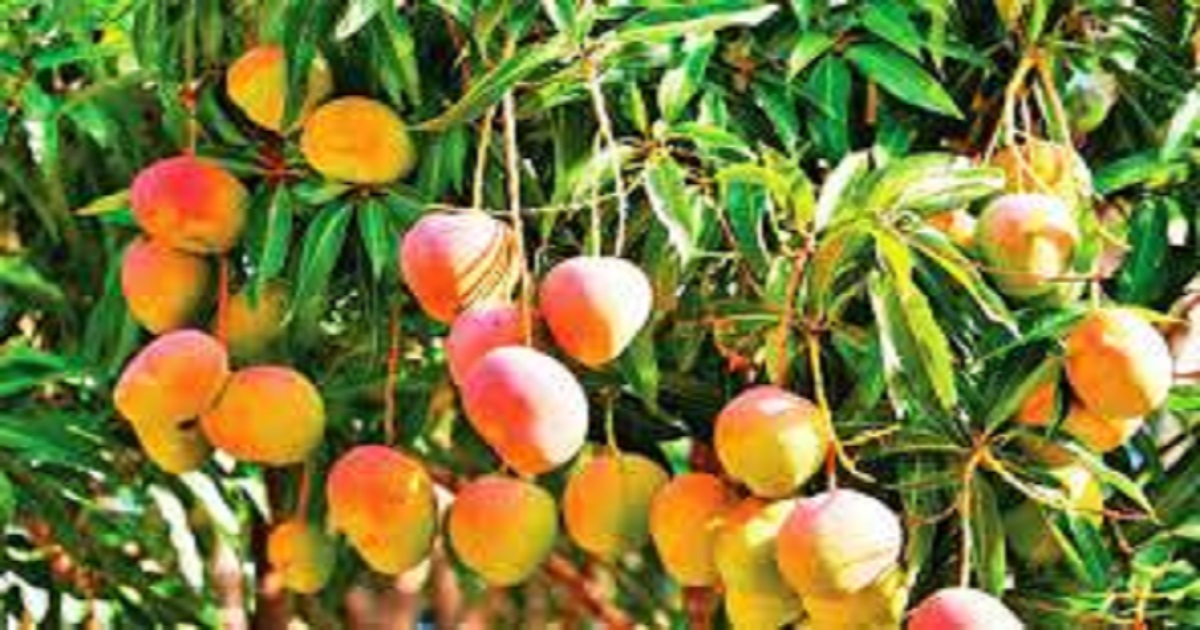Bangladesh-Tripura Fruit Diplomacy: 300kg of Haribhanga Mangoes
Summary of the Incident
Bangladesh’s Chief Adviser Professor Muhammad Yunus sent 300 kg of Haribhanga mangoes—packed in 60 cartons—through the Akhaura land port to Tripura’s Chief Minister Dr. Manik Saha on July 10, 2025. This generous gift, part of a longstanding diplomatic fruit-exchange tradition, aims to enhance goodwill with India. The consignment, handed over by Bangladeshi customs and border officials, came sealed with official wrapping and a heartfelt diplomatic message. In return, Tripura typically reciprocates with its famous Queen pineapples to Bangladesh during mango season
Introduction
Isn’t it amazing how fruit can build bridges? Welcome to the world of fruit diplomacy—a juicy tale of goodwill between Bangladesh and Tripura. In this article, we’ll dig deep into:
- What happened and why it matters
- The people and processes behind it
- The history of Haribhanga mangoes
- The flavor behind iconic fruit-season diplomacy
- How this exchange symbolizes deeper cultural, diplomatic, and economic ties
- And what YOU can take away from this sweet story
Grab a snack and settle in—this one’s plump with flavor!
1. The Big Gesture: 300 kg of Haribhanga
On July 10, 2025, Professor Muhammad Yunus, Bangladesh’s Chief Adviser, dispatched 300 kilograms of Haribhanga mangoes to Tripura’s CM, Dr. Manik Saha, as a sign of cross-border friendship. In 60 neatly packed cartons, this juicy treasure travelled through the Akhaura land port, slipped through customs with seal and fanfare, and landed in Agartala
Imagine 300 kg of mangoes—heavy boxes rolling over the border symbolizing flavor and friendship.
2. How the Mangoes Made Their Journey
Let’s break down the process:
- Selection & Packaging: QA teams pick ripe Haribhanga mangoes from Rajshahi/Rangpur, packing them in boxes of ~5 kg each.
- Customs Clearance: Officials at Akhaura Land Port seal the cartons, wrap them diplomatically, and complete all clearance formalities
- Handover to BSF: Bangladesh Customs and Border Guards deliver them to India’s BSF at the Akhaura–Agartala crossing
- Tripura Receiving: The consignment is passed to the Bangladesh Assistant High Commission in Agartala, then forwarded to the Chief Minister’s office
From orchard to handshake—this is fruit diplomacy in action.
3. Why Haribhanga Mangoes?
Here’s where it gets interesting:
- Origin & Reputation: Grown exclusively in northern Bangladesh—Rangpur, Rajshahi—Haribhanga is famed for its sweet aroma, rich taste, and round, fleshy fruit
- Symbolism: Just like champagne is to France, Haribhanga is a culinary pride of Bangladesh—ideal for showing respect.
- Quality & Rarity: Not just any mango—you need this cultivar to say: “We value this partnership.”
A mango is not just a snack; here, it’s a diplomatic handshake wearing a fruity suit.
4. The Tradition of Fruit Diplomacy
This exchange isn’t new—it’s a sweet ritual:
- Bangladesh → Tripura/India: Mangoes during summer; ilish fish during festivals like Durga Puja
- Tripura → Bangladesh: Queen pineapples during mango season—a juicy return of the favor.
- Other Dignitaries: Prime Minister Sheikh Hasina also gifts mangoes to Indian leaders
It’s a cycle—mangoes meet pineapples meet fish. It’s not just fruit—it’s a language of connection.
5. Behind the Diplomacy: Why It Matters
Why fuss over fruit?
- Strengthening Ties
Fruit exchange reinforces people-to-people links, making diplomatic relations more personal than transactional. - Boosting Regional Cooperation
It creates a shared calendar of gestures, indicating collaboration on trade, festivals, and infrastructure. - Cultural Affinity
Mangoes and fish are cultural icons for both peoples. Sharing them is like saying, “We understand you.” - Agricultural Spotlight
Exports boost mango farming in Bangladesh and pineapple in Tripura— a sweet economic side effect. - Media & Perception
These gestures generate positive headlines, shaping public perception and optimism in diplomatic circles.
6. The People Behind the Scene
Behind those cartons lie committed hands:
- Farmers in Rangpur and Rajshahi, who cherished each mango.
- Customs staff at Akhaura port, ensuring everything was shipshape
- Diplomats & Exporters, coordinating timelines and wrapping diplomatic notes.
- BSF & Indian Customs at Agartala—trusting the process.
- Tripura Govt Staff, unpacking, displaying, and enjoying the harvest.
This dance of goodwill involves many—each step matters.
7. The Flavor of Haribhanga
Let me paint a taste:
- Aroma: Fragrant scent that fills the room.
- Texture: Juicy and soft, melting on the tongue.
- Taste: Sweet with a hint of zing—perfect balance.
- Physical: Round, fleshy, weighing 200–400 g, sometimes up to 700 g
One bite and you understand why it’s fit for diplomatic tables.
FAQs
1. What are Haribhanga mangoes and what makes them special?
Haribhanga is a round, fleshy mango from northern Bangladesh—sweet, fragrant, and considered a delicacy with each fruit weighing 200–700 g
2. Why did Bangladesh send mangoes to Tripura?
It’s part of an annual fruit diplomacy tradition aimed at strengthening goodwill with India, and Tripura in particular
3. How many mangoes were sent and how were they shipped?
A total of 300 kg were sent in 60 sealed cartons (~5 kg each) via Akhaura land port, handed over by customs and BSF
4. Does Tripura send something back to Bangladesh?
Yes—Tripura reciprocates with Queen variety pineapples, continuing the cycle of seasonal fruit gifts
5. How does fruit diplomacy benefit farmers and the public?
It increases demand for premium cultivars, boosts local farming income, promotes cultural exchange, and creates positive media—and that’s sweet for everyone.





